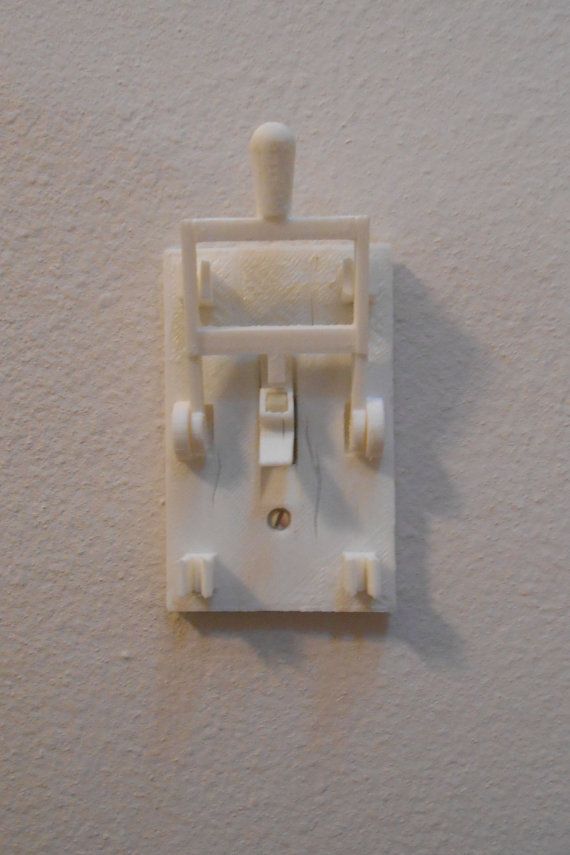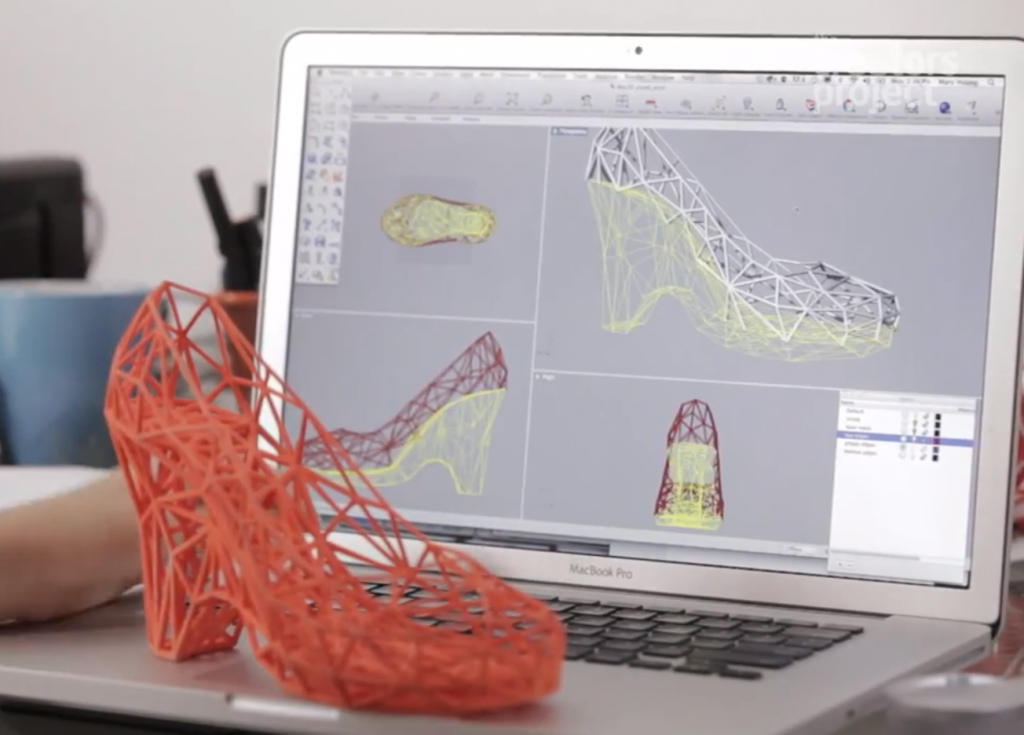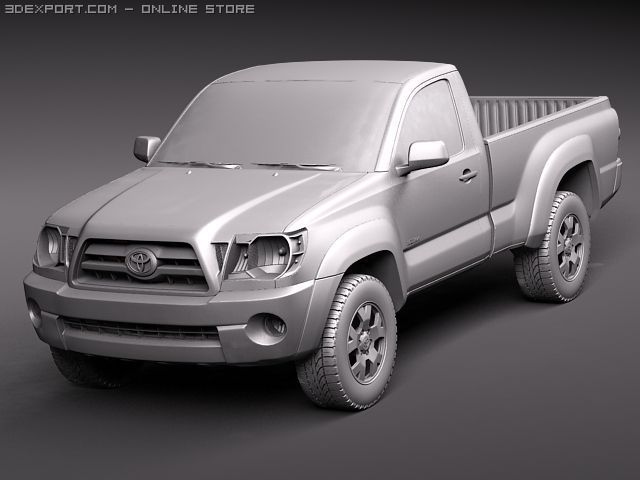3D printing impact on manufacturing industry
How Will 3D Printing Change The Manufacturing Industry?
Home > Press Room > How Will 3D Printing Change The Manufacturing Industry?
How Will 3D Printing Change The Manufacturing Industry?
Industry News
3D printing has created a platform where many things can be created with almost no effort, but the 3D printing technology used today is not viable in every industry. The industries where 3D printers could replace the current workforce will make tough changes over the next decade, but industries that are too big for 3D printing will have another decade before the technology catches up with them. This article explores the ethical and moral obligations of an industry to its customers and employees.
3D Printing Small Items and Prototypes
Small items that are created on large conveyor belts today can be created using a 3D printer in the future, and the large factories that once dominated a business' overhead could be reduced to small industrial estates with 3D printers running ever day. The businesses that make the change to 3D printers will operate with far fewer personnel, less overhead and greater profits. The buildings they manage will be smaller, and the products will turn out quite similar to what was built in the past.
3D printing is also now being used for rapid prototyping in a variety of industries today including aerospace, medical, and automotive. As technology in 3D printing has improved, the ability to make larger items as well as more detailed objects has become more commonplace. Some manufacturers are using 3D printing technology to make lighter airplane parts, custom prosthetic devices, as well as small-scale models used to prototype and test new designs. In the future, 3D printing may even allow for the manufacture of parts and components that just can't be created through traditional fabrication methods.
The technology to 3D print large or very complex products, or products made from certain “hard to work with” materials still isn't there yet, so, for some manufacturers 3D printing is not yet an option. As the technology advances in the coming decades, its uses will increase and become more viable, but there are some specialty items in which it may never be possible - or economical - to create with 3D printing.
As the technology advances in the coming decades, its uses will increase and become more viable, but there are some specialty items in which it may never be possible - or economical - to create with 3D printing.
How 3D Printing May Impact Jobs
Employees who work in large factories today could be out of a job soon after as more manufacturers make a shift to use more 3D printing. There are companies that may repurpose employees for other tasks, but it is also likely that massive layoffs may occur. There may be too much redundancy in each factory, and the employees could be let go to help manufacturers save money. 3D printers run with very little outside help, and the difference between traditionally made products and the ones made with 3D printed parts may be undetectable to the customer.
Every business must make a decision that includes both sides of the problem. Some employees must be kept on-staff, but there are several businesses that may let everyone go in favor of a few saved dollars.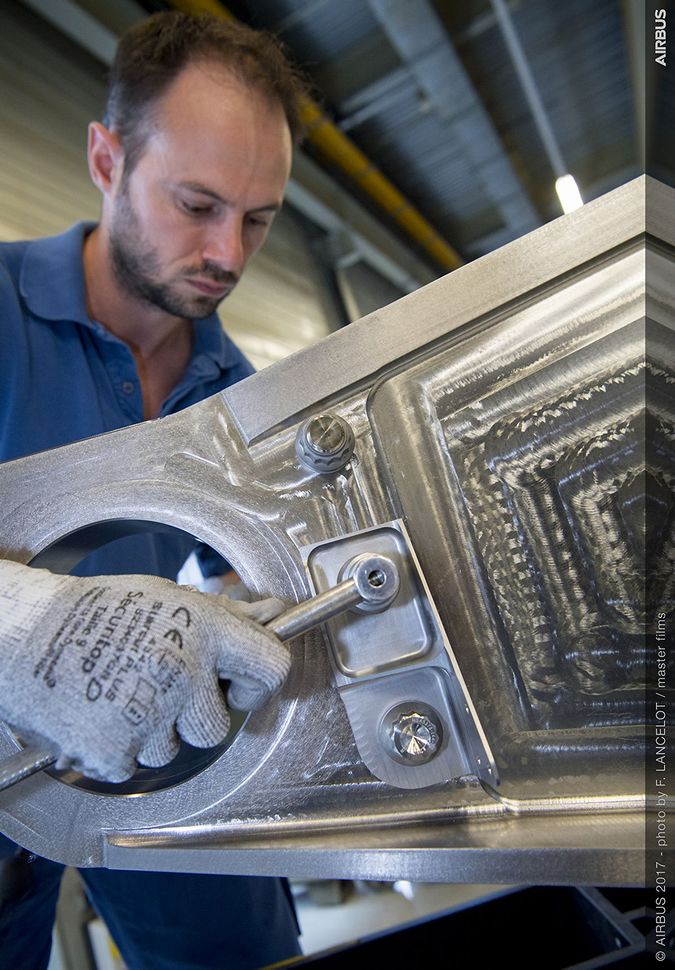 Boycotts could begin against the largest companies who lay off many employees, and we may see petitions online calling for businesses to stop using 3D technology. The initial backlash could be quite large.
Boycotts could begin against the largest companies who lay off many employees, and we may see petitions online calling for businesses to stop using 3D technology. The initial backlash could be quite large.
How Will Customers and Retailers Respond?
Customers in several industries will be pleased with the reduction in price for the things they buy every day, but there are other customers who may be upset if the same companies terminate hundreds or thousands of workers in the process. There could be a stark contrast between the consumers who are pleased to save money and the customers who are upset with mass layoffs.
The majority of consumers in the world today will likely continue to buy the products they have always bought, and those products will likely cost a bit less than they did before. There are many customers who will not wonder how many people were laid off in the transition to 3D printing, and the savings will likely be more than enough consolation.
Companies who sell these products will be happy to save money on every order, and more money will be made by every seller. The worldwide attitude toward 3D will likely shift slowly until many consumers have 3D printer in their home. Consumers will begin printing their own products - and replacement parts for products they own - and businesses may need to find new ways to convince customers to continue buying new products. The 3D printing wars may stretch from factories to the homes of the customers who once bought these items in mass quantities.
The worldwide attitude toward 3D will likely shift slowly until many consumers have 3D printer in their home. Consumers will begin printing their own products - and replacement parts for products they own - and businesses may need to find new ways to convince customers to continue buying new products. The 3D printing wars may stretch from factories to the homes of the customers who once bought these items in mass quantities.
The Slow Turn Of The Screw
The screw will turn very slowly in the manufacturing industry until everyone is using 3D printing in one way or another. As technology improves and the costs come down, there will likely be little reason for anyone to avoid the 3D printer, and more consumers will have their own 3D printers in their homes. The outcome of the 3D printing revolution may not be known for years, but it has certainly started. Only time will tell how it will all play out.
3-D printing disrupts $12 trillion manufacturing industry globally
A man is seen admiring 3-D models made with HP printers at Industry Week in Barcelona, Spain. The objective is to accelerate the use of technologies and industrial sectors such as robotics, molds and matrices, new materials and 3-D printing.
The objective is to accelerate the use of technologies and industrial sectors such as robotics, molds and matrices, new materials and 3-D printing.
SOPA Images | LightRocket | Getty Images
A French cosmetics giant uses one to create artificial skin. A Wisconsin start-up designs ceramic guides that pinpoint tumors in individual cancer patients. Workers on a remote North Sea oil rig make replacement parts on the spot rather than wait days for a ship or helicopter to arrive.
All these actions are made possible by one technology: 3-D printing. Developed in the 1980s, 3-D printers create three-dimensional objects by laying down successive layers of material, a process called additive manufacturing. The technology has evolved to work with different types of substances: plastics, metals and now biological materials.
Management consulting firm A.T. Kearney describes 3-D printing as a technology that is disrupting the $12 trillion manufacturing industry. "3-D printing, or additive manufacturing — will push the production of goods closer to the consumer, democratizing manufacturing on a global scale and allowing products to be cost-effectively customized to consumers' needs," said the firm in a report that described the U.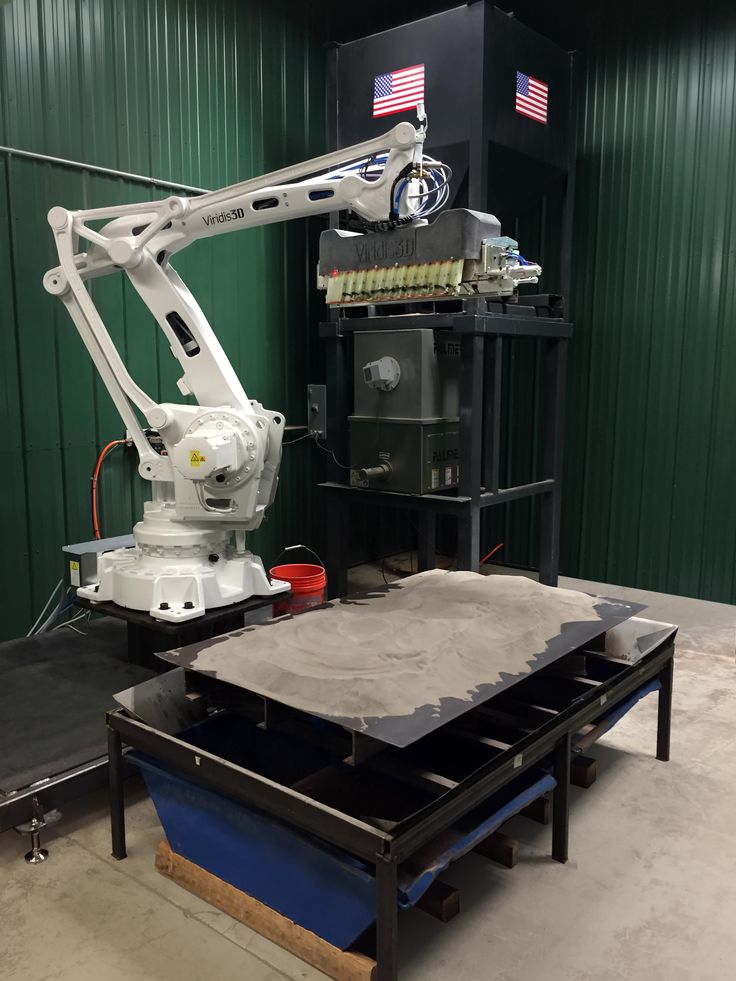 S. as the world leader but with Germany, South Korea and Italy among the countries working hard to catch up.
S. as the world leader but with Germany, South Korea and Italy among the countries working hard to catch up.
The adoption is gradual. "3-D printing is having the largest impact on industries which manufacture low-volume, high-value parts which may benefit from mass customization," said Dr. Bryony Core, senior technology analyst at IDTechEx, an independent analyst firm based in Cambridgeshire, England.
The aerospace and medical industries have been the most enthusiastic adopters, she says, but the list of industries embracing the technology is expanding. They include Boeing and Airbus, Ford and other automakers, consumer electronics manufacturers like Foxconn and brewers like Heineken. IDTech Ex estimates the market for 3-D printing should grow at a brisk 13% rate from $9.87 billion now to $31 billion by 2029.
Ford Motor Company is exploring how large one-piece auto parts, like car spoilers, could be printed for prototyping and future production vehicles, as the first automaker to pilot the Stratasys Infinite Build 3D printer.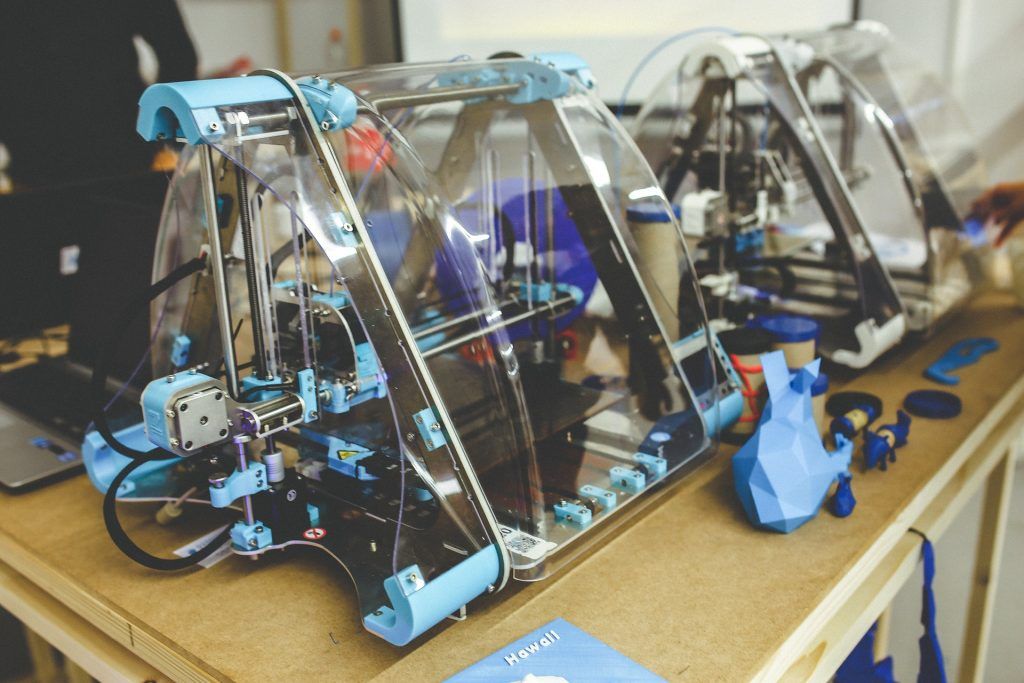
Source: Ford Motor Company
The capacity to create 3-D objects immediately is changing manufacturing, said Jos Burger, CEO of Ultimaker, a maker of industrial 3-D printers based in the Netherlands. Customers can go to a dashboard, select a component and send G code (which translates the product specs to a code the printer understands). "The G code is traveling, not an object," said Burger. "That is a revolution growing incredibly fast."
French cosmetics maker L'Oreal has been using 3-D technology for more than 20 years, said Anne Debauge, digital director of the packaging and development department. The printers are deployed in 21 of the company's 40 plants worldwide. The availability of 3-D printers in company plants enhances the role of employees, said Debauge. "They become actors rather than coordinators."
The company's original use of the printers was to develop prototypes of bottles and packages for its beauty products, but their use has evolved. L'Oreal is now exploring another capability of 3-D printers: bioprinting. By building layers of living cells, 3-D printers can create human skin.
By building layers of living cells, 3-D printers can create human skin.
"Thanks to cutting-edge technological tools, we can print living cells and implant them into other living material," said Jérémie Soeur, head of L'Oreal's cellular and tissue engineering group, in an interview posted on the company's website. The 3-D-printed skin could be used to test products and reduce the controversial use of live animals, for example. (L'Oreal points out it stopped animal testing in 1989).
L'Oreal is exploring the use of 3-D-printed skin to test products and reduce the controversial use of live animals. Above, reconstructed human epidermis at the Lyon EpiSkin facility.
Philippe Gotteland | L’Oréal /EpiSkin
Soeur imagined a time when dermatologists could store samples of patient cells and print them directly onto patients after a severe wound or burn. In the long term, scientists believe they will be able to print entire organs from a patient's own cells, reducing the need for donors and the possibility of rejection that now occurs with transplants.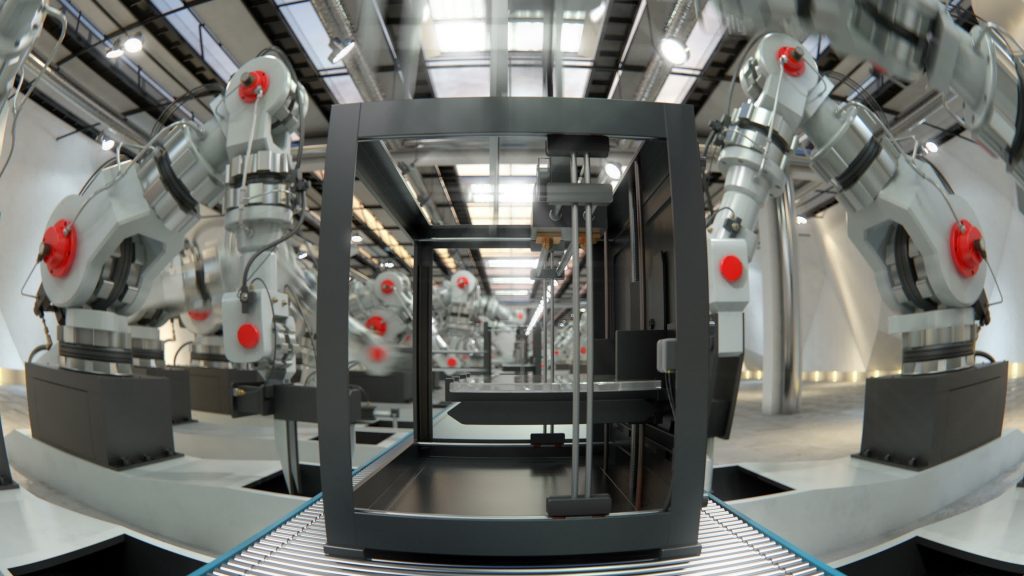
There are two key obstacles to faster growth of the 3-D printer market, says Maikel van Verseveld, global production and operations lead at Accenture's Industry X.O, which focuses on marrying smart technologies to traditional industries. "The majority of our clients are still hesitating," he says. One concern is the disparity in scale between suppliers and customers. Many manufacturers of 3-D printers are small start-ups, while users are often large corporations. "Elephants in the enterprise want to do business with elephants," he said.
However, two giants, Siemens and HP, have joined forces to encourage big companies to adopt 3-D printing. In March the two companies announced an alliance that would make Siemens manufacturing software and HP's latest industrial 3-D printers work smoothly together. "We are proud to partner with Siemens to make high-performance parts, personalized products and serialized 3-D production a reality for our customers," said Christoph Schell, HP's president of 3D Printing and Digital Manufacturing, in a press release.
The other big concern is the management of intellectual property rights. A customer may be able to get the specs to create a replacement part, but how will the original manufacturer be compensated? "How do I assure I will get the original design?" explained van Verseveld. He envisions an online marketplace that makes component designs available and handles the financial transaction between the parties.
When 3-D printing first burst onto the scene, popular scenarios envisioned a 3-D printer in every garage. But the consumer market never met expectations, because of the limited capability of affordable home printers, said Dror Danai, the chief business officer at XJet, an Israeli manufacturer of 3-D printers.
However, he sees many applications of 3-D printers that will benefit consumers. One example is the creation of more precise crowns and dentures by dentists. Another is the ability to make individualized medical devices for patients. His company is working with a start-up in Wisconsin that uses 3-D printers to create customized ceramic guides to precisely freeze breast tumors identified by MRI machines.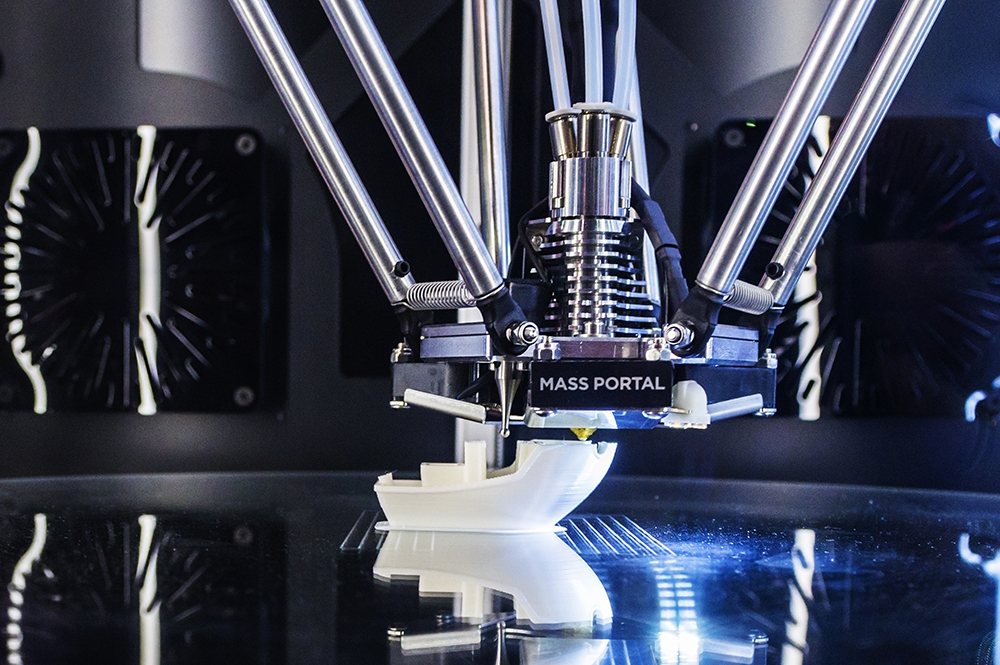
"[3-D printing] works best when parts are impossible to make in a traditional way," Danai said.
TRENDS IN 3D PRINTING
Paul Benning, Chief Technologist 3D Print HP Inc., spoke about the current technology trends in the manufacturing industry regarding 3D printing.
What is 3D printing?
3D printing is a manufacturing process that produces objects according to a 3D digital model. Using a 3D printer and adding material layer by layer, such as plastics and metals, complex objects can be produced quickly and at a low cost, in a short time and in the form of unique parts. HP Multi Jet Fusion 3D technology enables customers to create complex parts with controlled physical and functional properties at every point and deliver speed, quality and strength throughout the manufacturing process for a variety of industries and applications.
How has 3D printing evolved over the years?
We are on the threshold of the 4th Industrial Revolution, where physical and digital technologies will radically change almost everything that companies design, design, manufacture, distribute and repair. Growing global demand for sustainable solutions and customized products has led to an increase in demand for 3D printed parts and products. Technological innovations in this area have cut costs in half and doubled productivity. As the 3D printing sector expands beyond prototyping, the use of this technology, especially in supply chains, is becoming more common.
Growing global demand for sustainable solutions and customized products has led to an increase in demand for 3D printed parts and products. Technological innovations in this area have cut costs in half and doubled productivity. As the 3D printing sector expands beyond prototyping, the use of this technology, especially in supply chains, is becoming more common.
In 2018, HP launched Metal Jet Technology, the world's most advanced 3D printing technology for mass production of mass-produced metal parts. It enables the production of mechanically functional end parts at up to 50 times the throughput of other 3D printing methods at a significantly lower cost than other inkjet printing systems.
What are the current trends in 3D printing?
The trend we see is the impact of digital manufacturing on manufacturing applications in the automotive, industrial and medical sectors. In the automotive sector, we have become increasingly focused on the development of manufacturing materials, as 3D printing tends to move from prototyping to the production of final parts and products. As new platforms such as electric vehicles move into mass production, the HP Metal Jet is expected to be used for applications such as making fully safety-certified metal parts. Industrial 3D manufacturing also allows the automotive industry to create applications in new ways that were not previously possible, as well as design parts for specific systems or models.
As new platforms such as electric vehicles move into mass production, the HP Metal Jet is expected to be used for applications such as making fully safety-certified metal parts. Industrial 3D manufacturing also allows the automotive industry to create applications in new ways that were not previously possible, as well as design parts for specific systems or models.
What innovative technology have you seen in 3D printing?
One really powerful example of 3D printing we've seen in the past few weeks is how 3D technology providers and digital solution developers are coming together to help build life-saving applications to combat COVID-19. HP and its global network of partners and customers print critical parts such as vent valves, face mask adjusters and hands-free doorknobs for local hospitals and healthcare providers around the world.
Beyond that, we've seen many uses for this technology, from custom dentures and invisible braces to help people achieve the smile they want, to parts used in cars.
How can 3D printing promote customer orientation?
One of the main advantages of 3D printing is the ability to customize products and parts for the end user. This may be in the form of a design preference, or serve a more practical purpose such as improving the fit or usability of a product. For example, 3D printing allows for easy customization of prosthetic limbs and reduces production time from weeks to days, and can deliver custom-fitted and customized shoes, including insoles made using innovative 3D scanning, dynamic gait analysis, and manufacturing techniques.
How can 3D printing make manufacturing more flexible?
Companies no longer need to predict consumer demand by gambling on how much product they will sell; 3D printing provides endless flexibility as it allows you to print what you really need.
3D printing also allows manufacturers to create more successful prototypes as they can print a new model/part every time a design is improved or changed with a simple software tweak that is instantaneous. Thus, there is a saving in time and money compared to if they had to produce new molds every time.
Thus, there is a saving in time and money compared to if they had to produce new molds every time.
3D printing also allows you to create incredible volumes in a short time. Customer HP SmileDirectClub uses Mult Jet Fusion 3D printing solutions to produce over 50,000 personalized molds per day and expects orders to print nearly 20 million mouth molds over the next 12 months.
More than 10 million parts were produced worldwide in 2018 using HP Multi Jet Fusion technology.
How can 3D printing benefit the manufacturing industry?
3D printing completely rethinks the way things are conceived, designed, produced and distributed, dramatically reducing development and manufacturing costs, greatly simplifying logistics and reducing your carbon footprint. It has huge potential to revolutionize supply chains, and we're starting to see a rise in companies turning to this form of manufacturing to stay competitive and create products faster.
3D printing will be the catalyst for significant shifts in the global manufacturing sector, and leaders will be determined by their ability to exploit their full potential. In a fully digital future, the production of goods will be closer to the consumer, democratizing production on a global scale and allowing mass customization of products. With traditional processes, designers will be able to create entirely new categories of products as the line between ideas and physical reality blurs. And manufacturers no longer tied to overseas factories will shorten supply chains with the newfound ability to make anything, anywhere.
What are the challenges of 3D printing?
The most significant obstacle is the change of mind. It is critical to think about design for 3D from the early stages of product development, to think about the broader implications of how to get development ready for full-scale production, and how supply chains can be optimized. For those who have worked in traditional manufacturing for decades, there is a deep, ingrained sense of limitations and barriers. In 3D production, a process of re-learning is practically necessary - the vast majority of these restrictions no longer apply. The design possibilities are endless. And, of course, there are new skills that need to be developed to take full advantage of these opportunities.
For those who have worked in traditional manufacturing for decades, there is a deep, ingrained sense of limitations and barriers. In 3D production, a process of re-learning is practically necessary - the vast majority of these restrictions no longer apply. The design possibilities are endless. And, of course, there are new skills that need to be developed to take full advantage of these opportunities.
What applications of 3D printing have you seen in the industry?
3D printing is used in a variety of industries, including automotive, manufacturing, healthcare, and consumer goods. Along with the incredible efforts to support the COVID-19 pandemic, I have also seen some fantastic applications in the commercial sector. 3D printing is used by major car manufacturers to make gears and protective gloves, fashion designers produce 3D printed bags and shoes, and companies print custom foot insoles simply by scanning a patient's foot. The possibilities are truly endless and I look forward to seeing what comes out of the industry in the next few years.
The work done by Jaguar Land Rover to develop electric vehicles or Vestas VBIC, the world's largest supplier of wind turbines, is an important example of how 3D printing allows industries to seamlessly transition from prototyping to manufacturing with incredible flexibility, enabling real-time improvements.
Author Georgia Wilson
Source
Tags:
Paul Benning Main Print HP InC., Technological Trends in the manufacturing industry, 3D packet, 3D print development trends, 3D printer, technology HP Multi Jet Fusion 3D
Attention!
We accept news, articles or press releases
with links and images. [email protected]
Eco-friendly use of 3D printers at home and at work
Vegetarianism, electric cars, green energy. Increasingly, people are beginning to think about the destructive impact of humanity and production on nature.
Global warming (this is especially noticeable in the last decade), pollution of the world's oceans, garbage dumps, the extinction of some animal species or even entire ecosystems.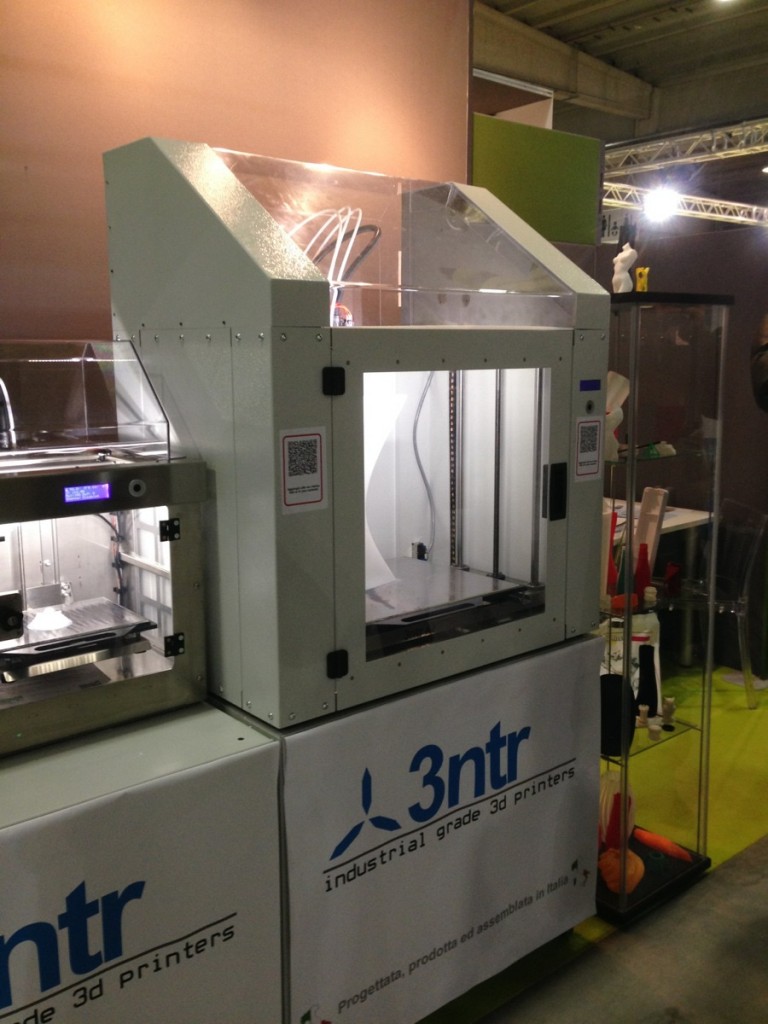 If you do not start to fight this today, then in a hundred years, hardly anything will remain of the former natural greatness.
If you do not start to fight this today, then in a hundred years, hardly anything will remain of the former natural greatness.
3D printing, due to its versatility, helps many scientists and enthusiasts in various fields in solving large and global problems, for the conservation and ecosystems of our still green planet.
Sustainable production
First of all, 3D printers help to make production more environmentally friendly. Using 3D printing instead of traditional manufacturing methods helps reduce waste and greenhouse gas emissions.
Air Emission Reduction
Smoke, garbage, gases, toxic fumes are frequent "companions" of traditional production methods. However, they can be significantly reduced or completely eliminated if a 3D printer is working in the workplace or at home.
Mass production vs. 3D printing
At first glance, it seems that mass production is less harmful to nature than piece-by-piece production on a 3D printer.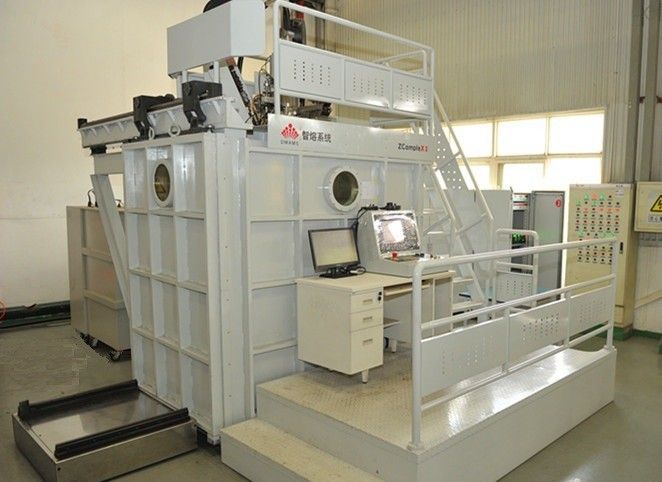 But it turned out that this is not entirely true. Joshua Pierce and colleagues traced the life cycle of three household items - an orange juicer, parts from a children's designer and a drainpipe segment.
But it turned out that this is not entirely true. Joshua Pierce and colleagues traced the life cycle of three household items - an orange juicer, parts from a children's designer and a drainpipe segment.
Joshua Pierce, Michigan Technological University Scientist USA
It turned out that the production of, at first glance, such ordinary household items consumes a huge amount of resources - the extraction of raw materials and their processing, production, storage and delivery to the final consumer. In mass production, stamping or casting is usually used, after which plastic scraps are sure to remain.
3D printing can significantly reduce the production chain, and consequently, energy costs (by about 40-60%). After all, 3D printing (provided that the client has his own printer) does not require delivery - it is enough to send a digital 3D model. Printing can be more accurate and leave less plastic waste behind. A 3D printer can even produce hollow or lattice parts that are technically impossible to mass-produce by injection molding or moulding.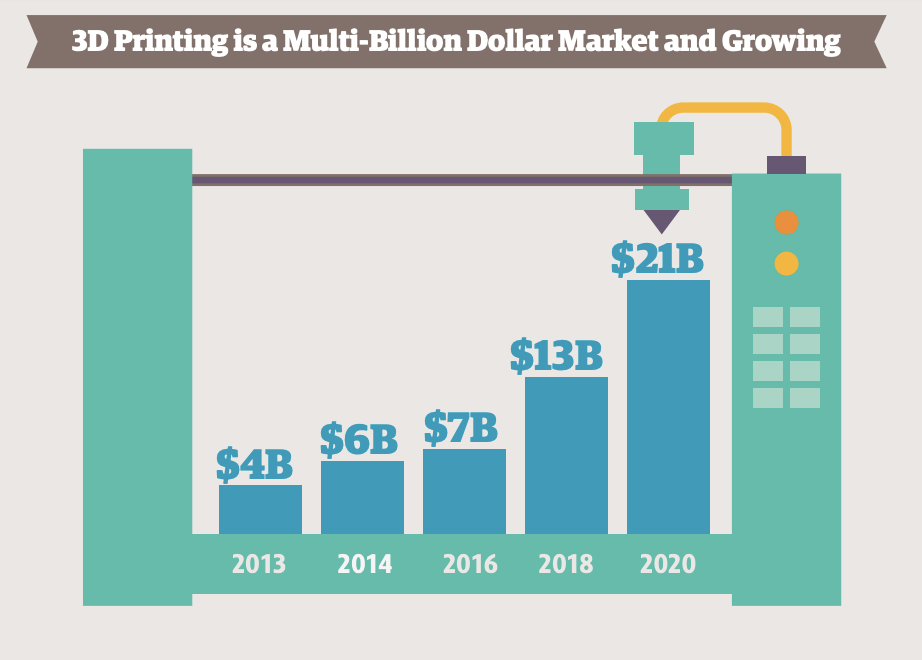
Reduced fuel consumption
In the world, more and more manufacturers of cars and motorcycles are beginning to develop the direction of electric motors. There are new and more affordable electric vehicles, the infrastructure for the maintenance of electrical engineering is developing. Many countries set themselves the goal of reducing the use of fossil fuels as much as possible in the near future.
3D Printed Strati Electric Vehicle
But unfortunately, abandoning fossil fuels in the next few decades is a utopia. But 3D printing is already helping to at least reduce the amount of fuel consumed. This is achieved due to the maximum lightening of the weight of both the machine itself and the mechanical components of the internal combustion engine (internal combustion engine).
Engine hood hinge, 3D printed on the left and sheet metal on the right
Sustainable production
3D printing helps not only to reduce industrial emissions into the atmosphere, but also helps to find and implement new ideas.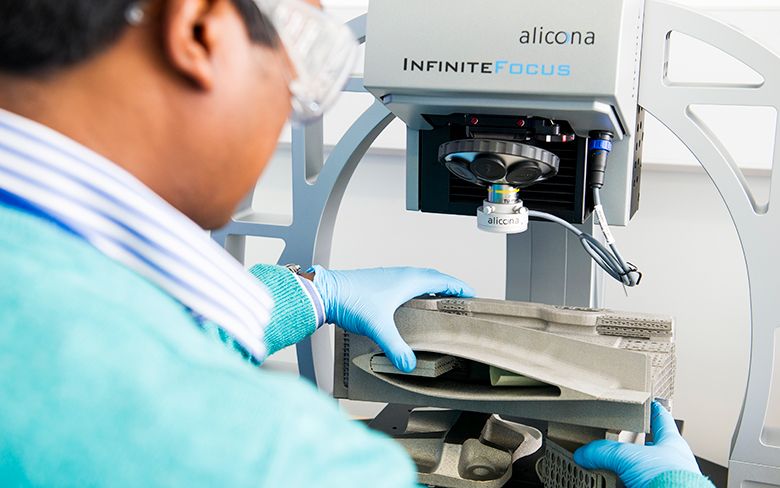 After all, each owner of a 3D printer can himself model and manufacture a device or object that, in his opinion, will help to resist climate change.
After all, each owner of a 3D printer can himself model and manufacture a device or object that, in his opinion, will help to resist climate change.
Eco glasses
Disposable plastic cups are a headache for environmentalists around the world. According to statistics, the average person uses a plastic cup for 15 minutes, and it will take from 400 to 450 years to decompose in the garbage.
Plastic, due to its properties, is difficult to replace, especially in the food industry, but some enthusiasts are trying to do it. Jun Aizaki thinks he can solve this problem with pumpkins.
HyO-Cups or natural cups
Even prehistoric people adapted to use bottle gourds as reservoirs for water. Thanks to the 3D printed shapes, you can give almost any shape to a growing pumpkin.
gourd in the shape of a jug
Animal rescue
3D printers are actively helping our smaller brothers. In addition to medical uses such as prosthetics, 3D printing helps preserve and restore entire ecosystems.
In addition to medical uses such as prosthetics, 3D printing helps preserve and restore entire ecosystems.
Animal prostheses
The biggest challenge in animal prosthetics is the creation of an often miniaturized but lightweight and precise prosthesis. Manually or by other methods, this is sometimes impossible. In this case, the only way out is 3D printing.
Curano Cat
Curano the cat lived a full life for 9 years, delighting his owners, until he got cancer. Curano's owners did everything possible to save their pet and although the cancer receded, Curano's back left leg was badly damaged. Amputation of the leg could create new problems and it was decided to try to replace the patella with an implant.
The miniature implant was 3D printed from a cobalt-chromium alloy using DMLS (Direct Laser Sintering) technology. It was impossible to manufacture by any other means, because the implant must not only be miniature and durable, but also completely repeat the complex relief for high-quality integration into the bone.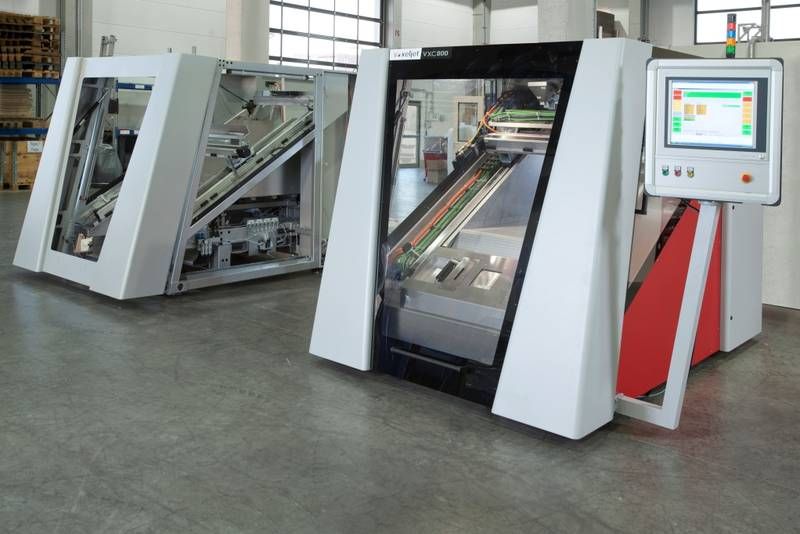
Holly horse
Holly is a ten year old mare who suffered from laminitis.
Laminitis is a disease of artiodactyls resulting from poor circulation of the hoof plates. Due to laminitis, Holly experienced severe pain in her legs, not only when walking, but also when standing.
Veterinarian Luke Wells-Smith heard of successful attempts to make custom titanium horseshoes for racing horses.
3D printed titanium horseshoes
The guys from the Australian National Science Center were imbued with Holly's misfortune and decided to help. In collaboration with a equine orthopedist, special horseshoes were created for Holly. They made it possible to lighten the hoof and more evenly distribute the load on the legs.
Holly's hoof scan
The new shoes helped Holly start not only walking without pain, but also running.
Akut sea turtle
The collision with the propeller of the boat was unfortunate for the Akut-3 sea turtle.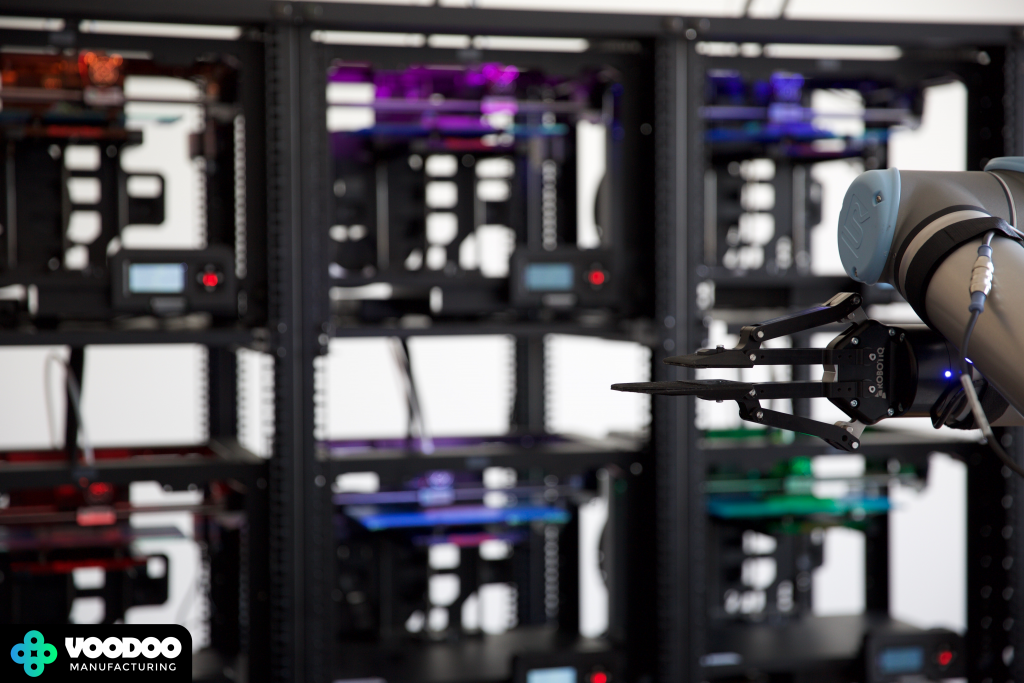 Most of the upper and lower jaws were missing. This meant almost guaranteed slow death for the tortoise, but she was lucky.
Most of the upper and lower jaws were missing. This meant almost guaranteed slow death for the tortoise, but she was lucky.
The Tortoise Research and Rehabilitation Research and Rehabilitation Center, where the turtle ended up, turned to the Turkish company Btech, which specializes in medical 3D printing. Btech was able to scan and fabricate the missing part of the Akut jaw from titanium.
3D model of the prosthesis for Akut on the left and the finished prosthesis on the right
The surgeons succeeded in implanting the turtle's titanium jaw, and after a successful rehabilitation, it can be released into the wild.
Turtle with denture in place
Cleopatra tortoise
Nicola Novelli picked up and left a small land tortoise. But due to malnutrition, the shell of the turtle, Nicola called her Cleopatra, was deformed (had the shape of a pyramid) and thinned.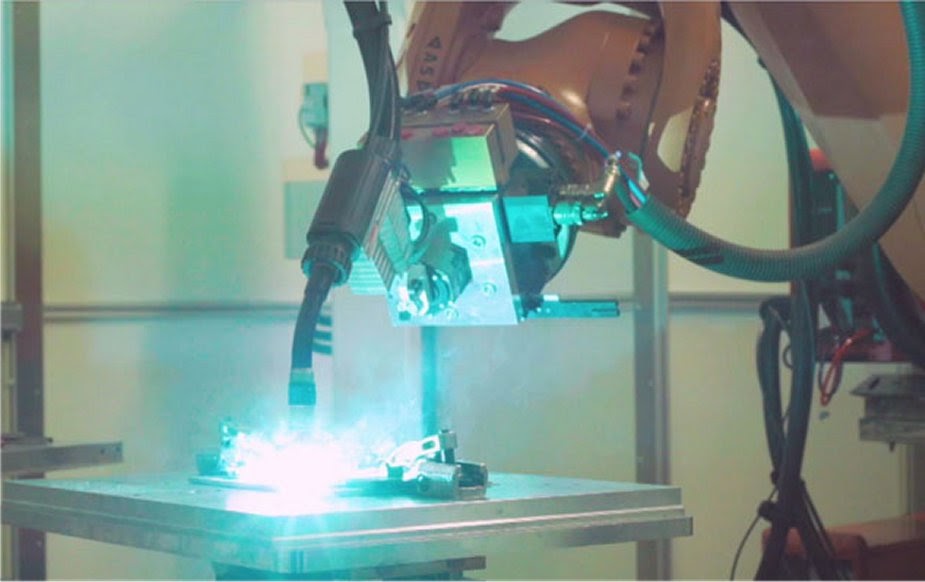 If the shell had cracked, then Cleopatra could have died from an infection.
If the shell had cracked, then Cleopatra could have died from an infection.
Cleopatra's deformed, pyramidal shell
Nicola approached Colorado Tech University with a request to make a prosthesis for Cleopatra. Specialists from the university and a 3D printing company in Denver scanned and made a shell overlay from polylactide, a biodegradable, biocompatible polymer. Due to the complex relief of the shell, the model had to be printed in parts.
Cleopatra with escutcheon
Since Cleopatra is still a teenager and will continue to grow with age, the “prosthesis” will have to be changed periodically.
Hermit crab houses
In the wild, it's bad to be small and weak. But hermit crabs were able to adapt and use empty shells of gastropod mollusks as a reliable shelter.
Hermit crabs
Due to the pollution of the beaches, many hermit crabs, in search of a new "house", fell into deadly traps from plastic bags, bottles, canisters and died. And natural shelters are becoming less and less. Hermit crabs have to use plastic garbage, which is not at all suitable for this.
And natural shelters are becoming less and less. Hermit crabs have to use plastic garbage, which is not at all suitable for this.
Hermit crabs use rubbish as a home
Some enthusiasts are trying to help the unfortunate crustaceans and are trying to make them a worthy replacement house.
For example, MakerBot employees created the project "Shelter", where they offer anyone who wants to design a 3D model of a shelter for a hermit crab. The best works will be 3D printed and tested by crayfish.
From concept to implementation of 3D printed crayfish houses
But the Japanese artist Aki Yamomata, inspired by the idea of a peaceful exchange of land between countries, implemented a project of printed transparent houses for hermit crabs in the form of small towns.
Cancer in a new home made with photopolymer printer
To make sure the new inhabitants liked the houses, they were based on tomographic images of shells, finalized in a 3D editor.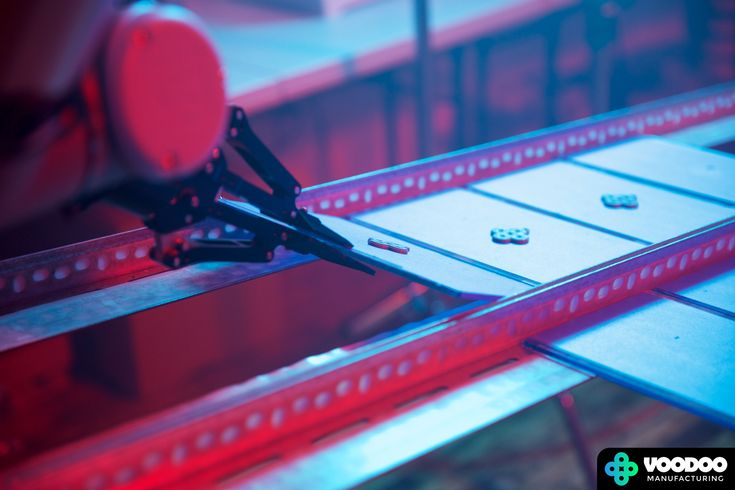 Finished models are made of transparent resin on a photopolymer printer.
Finished models are made of transparent resin on a photopolymer printer.
Conservation and support of ecosystems
In addition to prosthetics, 3D printing helps, although not to avoid some environmental disasters, but at least to slow them down. And this can give scientists more time to figure out the reasons and reach out to people.
Great Barrier Reef
It is the largest and oldest coral reef in the world. It is so huge that it can be seen from space (the area of the Great Barrier Reef is about 344,400 square kilometers). In addition, corals are home to many species of fish and other marine life.
Great Barrier Reef from space
But despite its gigantic size, it is endangered. Due to rising water temperatures, pollution of the world's oceans and climate change, the endosymbiotic algae that give corals their bright color are slowly dying out.
Scientists from the University of Sydney are using 3D scanning and 3D printing to save the Great Barrier Reef. Using 3D scanning, a detailed map of the reef was built. With it, you can track and predict the most vulnerable places.
Using 3D scanning, a detailed map of the reef was built. With it, you can track and predict the most vulnerable places.
Using a 3D printer, scientists are making a variety of structures that can support the Great Barrier Reef. For example, sections are printed that serve as a home for algae-eating fish that kill corals. Previously, special blocks or prepared, sunken ships were used for this purpose, but 3D printing makes it possible to imitate the natural structure of the reef much more accurately.
Sandcrete mix artificial reef
Restoring dead ecosystems
Scientists plan to use this technology not only to maintain existing ecosystems, but also to restore those that have disappeared. After all, to date, about a third of the world's coral reefs have been destroyed.
Thanks to 3D printing, there is a chance to at least slightly improve the situation. Using the new Modular Artificial Reef Structures (MARS for short) technology, scientists are trying to introduce 3D printed structures that can become a home for reefs.
Artificial "reef" on the left - recently installed, on the right - after some time
The advantage of such block structures is the ease of installation. Indeed, for their immersion and installation, cranes or other equipment are not required. Several divers can deliver them to the bottom in separate blocks. Each block has hollow sections that are filled with rebar and special concrete for durability.
Modular system installed
One of the largest 3D printed "coral reefs" has already been placed in the Maldives.
Waste reduction
In addition to restoring ecosystems, it is necessary to reduce household waste emissions. And here 3D printing becomes a valuable assistant.
Cora Ball
Cora Ball is a development of the Rozalia Project. The Cora Ball is a small plastic ball that picks up the microfibers that spill from our clothes during the wash.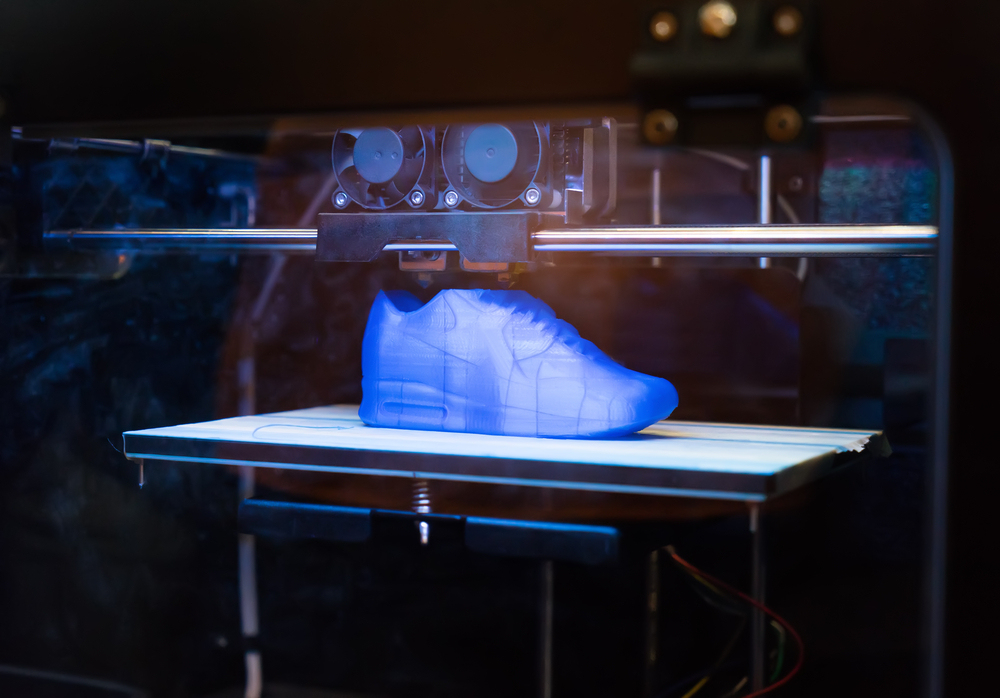 This way, dirt and fibers that may have entered waterways and oceans will remain in the bin. After all, these microparticles can be eaten by fish and other animals.
This way, dirt and fibers that may have entered waterways and oceans will remain in the bin. After all, these microparticles can be eaten by fish and other animals.
Prototype Cora Ball
Although mass production was planned to be done by molding, the first batches and prototypes of Cora Ball were made on a 3D printer.
The second life of broken things
Any mechanism wears out and fails over time. Often, to restore the working capacity of the mechanism, it is enough to make a small plastic part. So thanks to 3D printing, many things do not end up in a landfill, further polluting our planet, but get a second life.
RU machine
Radio-controlled cars have long become not only children's toys. Many adults do not mind remembering their childhood and racing on an impromptu track.
RU machine
The weak point of all RC machines is the plastic suspension. For expensive replica models, you can almost always find spare parts, but for rare or Chinese models, they are not.
For expensive replica models, you can almost always find spare parts, but for rare or Chinese models, they are not.
Instead of throwing away an almost working toy, you can make a broken element on a 3D printer. When modeling, you can even increase the strength of the part by adding stiffeners in weak places.
1/18 scale car rear hub
Some enthusiasts 3D print the entire chassis. This makes it easy to replace broken elements and quickly refine and correct design flaws.
3D printed RC car chassis
The second life of the meat grinder
Even such seemingly eternal things as a metal meat grinder can break. The most annoying thing is that a part that does not have a strong load has broken.
Clamping nut for a meat grinder, made on a 3D printer
A variety of materials allows you to print on a 3D printer a replacement for almost any plastic part. It can be a gear for a blender, a plastic handle for a washing machine and much more.
It can be a gear for a blender, a plastic handle for a washing machine and much more.
In some situations, when the model is rare and old, there are no even original used spare parts. 3D printing allows you to give your favorite home appliance many more years of life, instead of rotting in a landfill.
Vehicle seal
Sometimes a small, cheap piece breaks in an important node. But the manufacturer sells the necessary spare part only in the collection. Because of this, you have to not only overpay for the necessary part, but also throw away the unnecessary, albeit almost working, mechanism.
Washer nozzle for Toyota Avensis - 3D printed on the left, original on the right
A 3D printer becomes a “lifesaver” if you need to make a spare part that is already difficult or impossible to get. For example, this part is no longer produced, but the BU option could not be found, or delivery will cost more than the part itself.
Green energy
The transition to green energy is an important step in reducing emissions of greenhouse (and not only) gases into the atmosphere.
Wind energy
Wind energy is a renewable and “clean” energy source. Despite some disadvantages (variability of wind power and therefore uneven power generation), it is promising for some countries. For example, in Denmark, in 2019, windmills generated 48% of the electricity consumed.
There are several options for wind turbines - with a vertical and horizontal axis of rotation.
Main types of wind turbines
Vertical-axial wind turbines have a lower efficiency compared to horizontal-axial ones, but their use requires that the wind speed be more than 6 m/s. In Russia, the average annual wind speed does not exceed 5 m/s, so wind turbines with a vertical axis are more often used.
Home wind generator
In Russia, "clean" energy sources are not very popular because of their high price. 3D printing helps enthusiasts design and build low-cost models of wind turbines.
3D printing helps enthusiasts design and build low-cost models of wind turbines.
3D printed home wind turbine
In an apartment building, there is hardly a place where a wind generator will be effective, but for example, in a country house, it can be a good helper in case of a power outage.
Wind turbine production optimization
An industrial wind generator is a complex mechanism of gigantic size.
Industrial wind turbine blade
Using only 3D modeling techniques, it can be difficult to correctly calculate all parameters. Thanks to 3D printers, it is possible to create a miniature copy of a wind turbine and test it in a wind tunnel. This helps to optimize and refine the design of wind generators, making them more efficient.
Prototype wind turbine being tested in wind tunnel
And some companies offer to print towers for wind turbines on a 3D printer.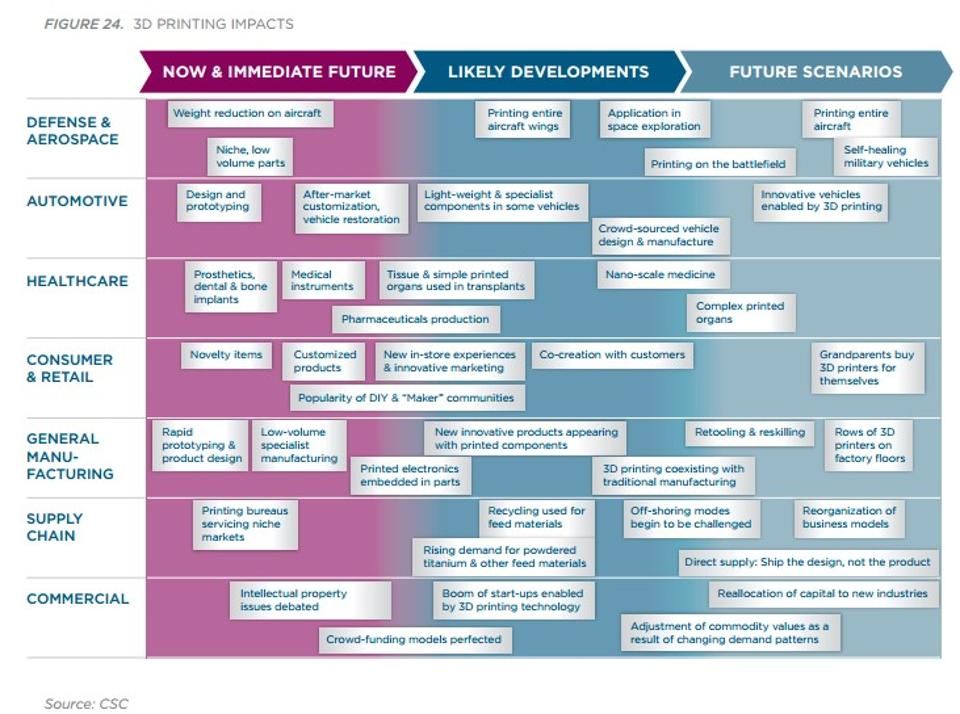 GE Renewable Energy, 3D printing specialists COBOD and LafargeHolcim (a manufacturer of cement and other building materials) have teamed up to develop the world's tallest wind turbine towers. This will reduce the cost of installing wind turbines and make them higher (200 meters instead of 100) than from other materials.
GE Renewable Energy, 3D printing specialists COBOD and LafargeHolcim (a manufacturer of cement and other building materials) have teamed up to develop the world's tallest wind turbine towers. This will reduce the cost of installing wind turbines and make them higher (200 meters instead of 100) than from other materials.
3D printed wind turbine tower
After all, the higher the wind generator, the more electricity it can generate in a year. For example, a 5 MW turbine at a height of 80 meters will generate approximately 15.1 GWh per year. The same turbine at a height of 160 meters - 20.2 GWh per year, which is 30% more.
Solar energy
Solar energy is obtained using special panels, consisting of photovoltaic cells, in which a series of physical and chemical processes take place under the influence of sunlight. There are several types of solar cells - monocrystalline, polycrystalline, amorphous (flexible, film).
In Russia, solar batteries are not very common due to the unprofitability of their use in high latitudes.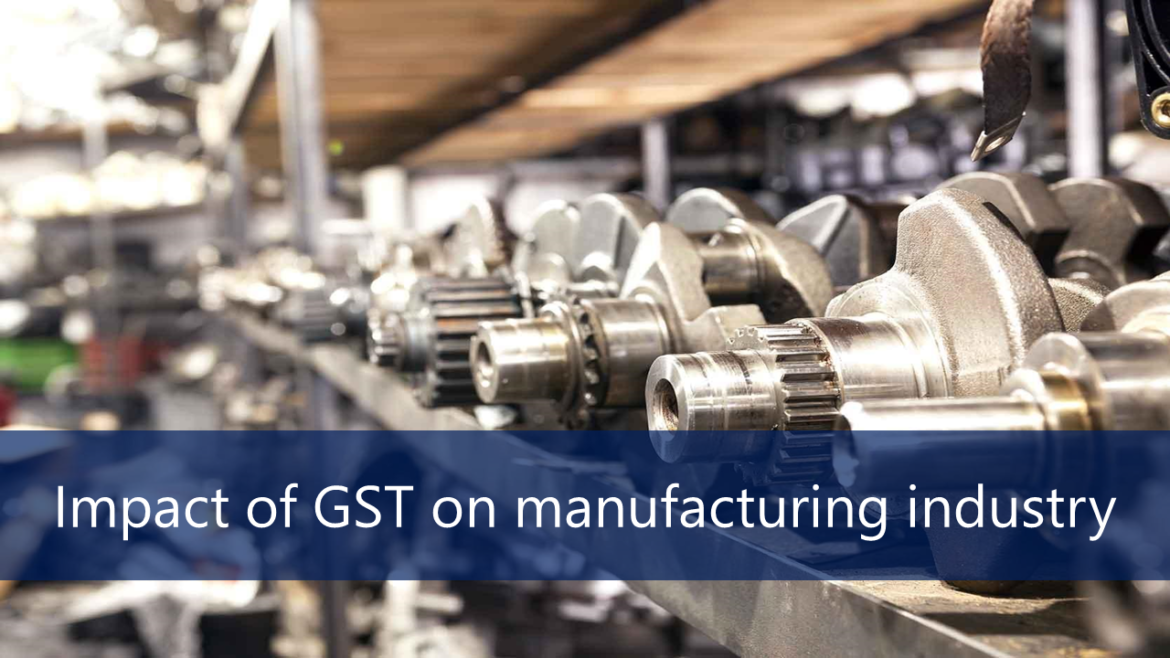
Currently, developments are underway for the production of panels on a 3D printer, but the main use of 3D printing in solar energy is to print prototypes and accessories for panels.
Accessories for solar panels
South Dakota-based Peppermint Energy created FORTY2. FORTY2 is a portable solar panel with enough power to run a laptop, lighting, etc.
For the production of a prototype case, 3D printing was used on an industrial Stratasys printer. Thanks to 3D printing, it was possible to quickly produce several functional prototypes of the case and remove all the flaws.
For example, the first version of FORTY was too bulky and inconvenient to transport. The original design was greatly simplified. The use of a 3D printer has reduced production costs by about $250,000.
Hydropower
Most renewable energy sources (solar, wind) are fickle. Electricity obtained in this way must be “stabilized” - stored in batteries.
Water in this regard is more predictable. Industrial hydroelectric power plants have a number of disadvantages. For example, flood risk, desertification, human migration, etc. Small hydro-generators, in general, are devoid of the shortcomings of their industrial counterparts and do not have such a devastating effect on the environment.
Vortex turbine
The Belgian startup team Turbulent is trying to create a compact hydroelectric generator that is enough to provide electricity to 1-2 private houses. This will help people who are far from the power grid to provide their homes with electricity using the energy of streams or small rivers.
Hydro generator prototype from Turbulent
To make the turbine more accessible and cheaper, 3D printing has been chosen as a manufacturing method. According to statistics, 1.3 billion people do not have access to electricity networks, even more residents have constant power outages and are forced to use other, not environmentally friendly, energy sources (for example, gasoline / diesel generators).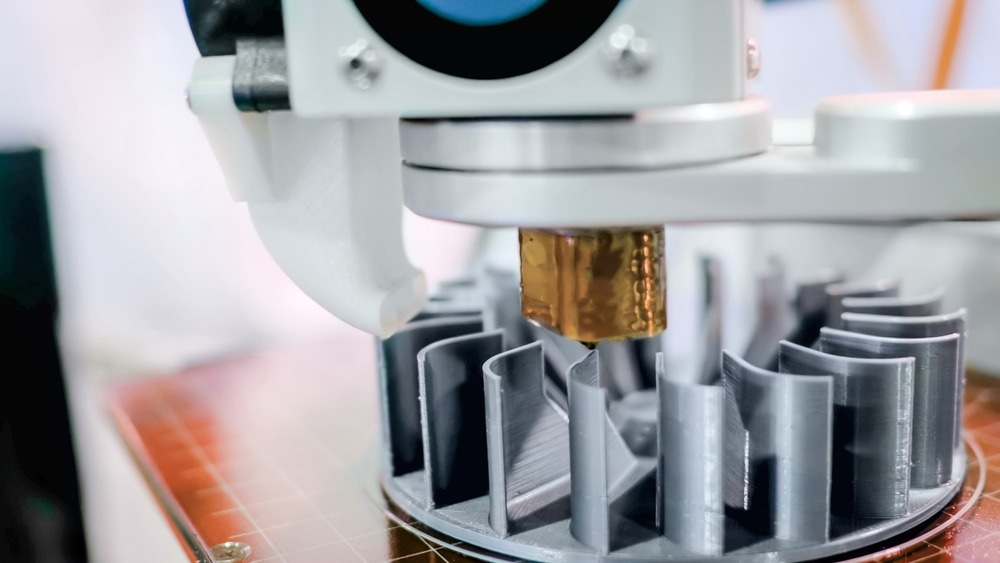
River turbine
Ted Christopher spent several years developing a prototype river turbine capable of generating electricity without impacting the environment. The result of his developments was the Volturn system, named after the god of the river in Greek mythology.
The Volturn has a horizontal design that generates power and deflects river debris such as rocks, plants or logs.
The prototype was 3D printed and tested in local rivers. 5 turbines combined into a single system will be able to provide electricity to about 40 houses.
Plastic recycling
Plastic. Its properties, for the modern world, become both a salvation and a curse for the environment. On the one hand, plastic products are light and durable, you do not need to spend a lot of time on their manufacture. At the same time, not all types of plastic can be recycled. On average, a plastic product can decompose from 400 to 700 years, and unfortunately plastic rots not only in landfills, but also pollutes nature and the oceans.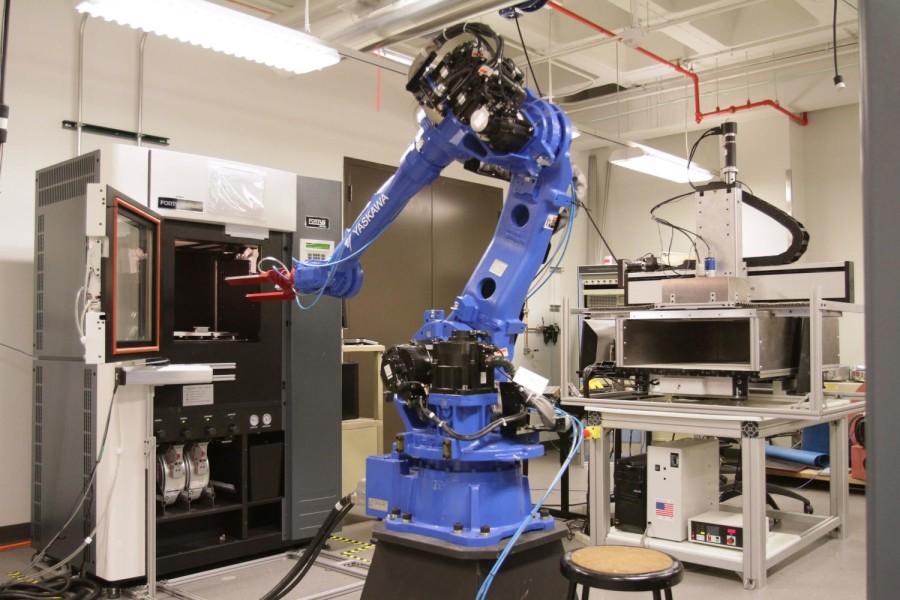
Filament recycling
During 3D printing, plastic debris is inevitably left behind. These can be model supports or broken products, during the printing of which something went wrong.
3D printing failed
But used plastic can be shredded, mixed with fresh pellets, and reused (as long as the plastic is not biodegradable). In this case, 3D printing becomes almost waste-free.
On the Internet, you can find many options for home machines for the production of plastic thread. It can be a self-assembly machine, partially printed on a 3D printer.
Home Self Assembling Filament Making Machine
Or a finished machine made at the factory. Pellets for plastic production can be easily ordered online.
Home filament machine
Plastic bottle filament
In addition to recycling used filament, enthusiasts have learned to print even from plastic bottles.


